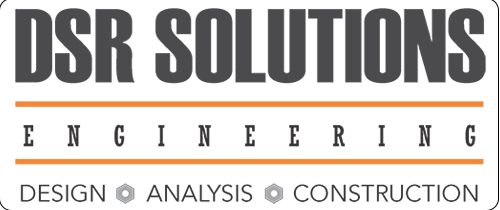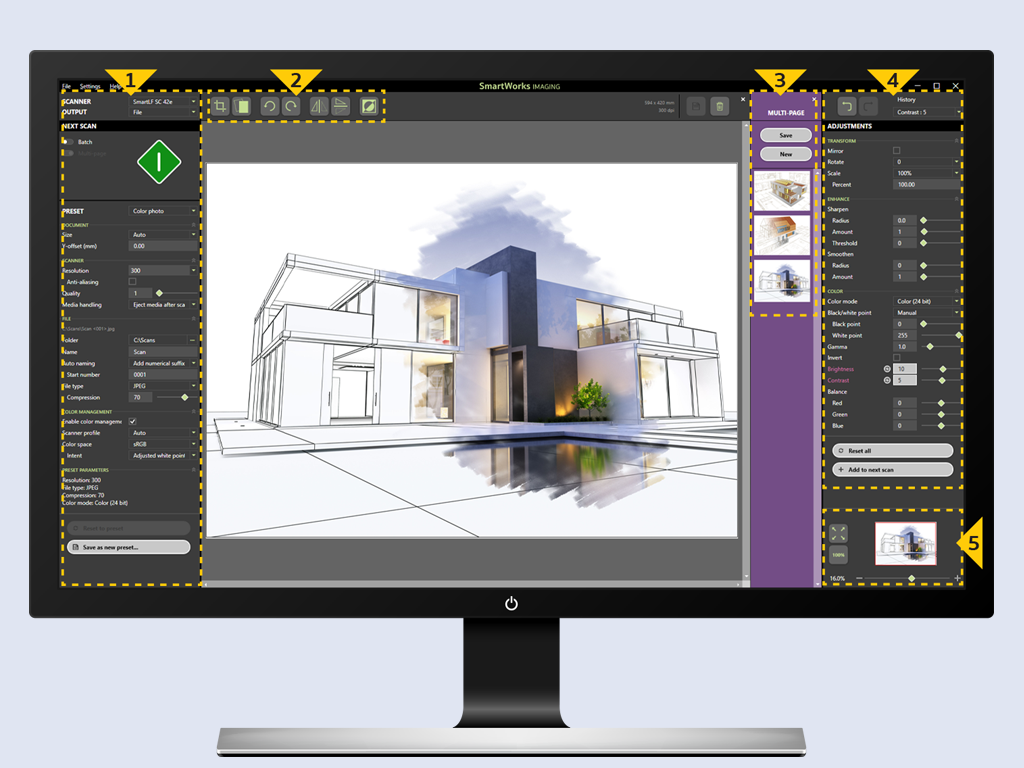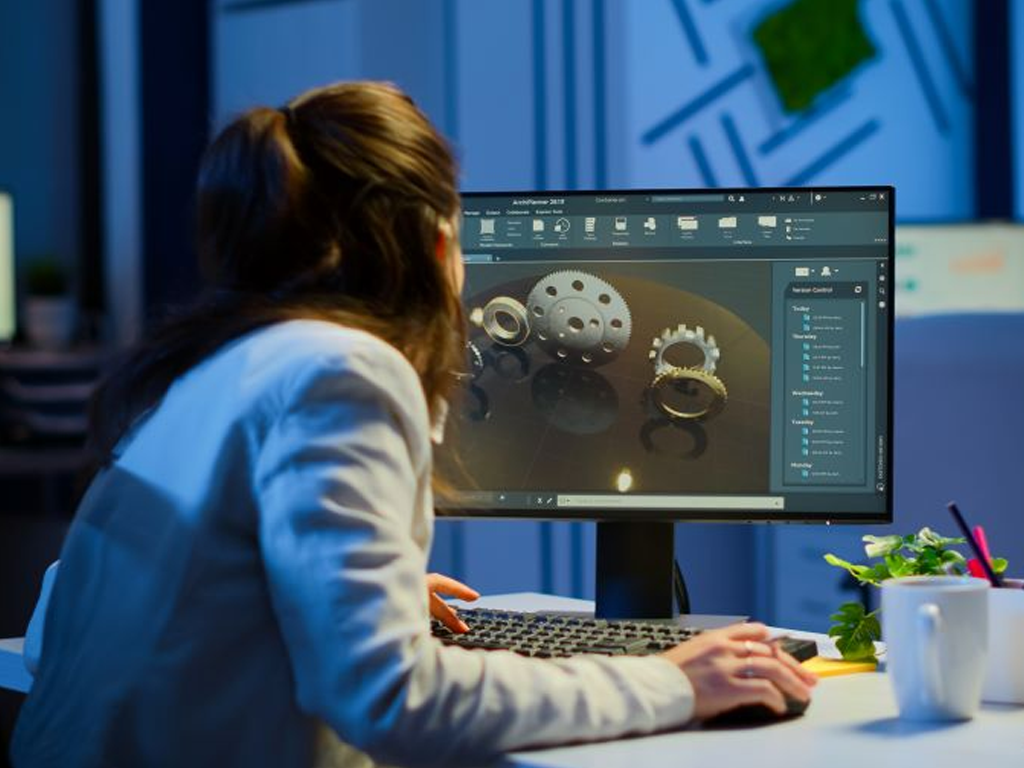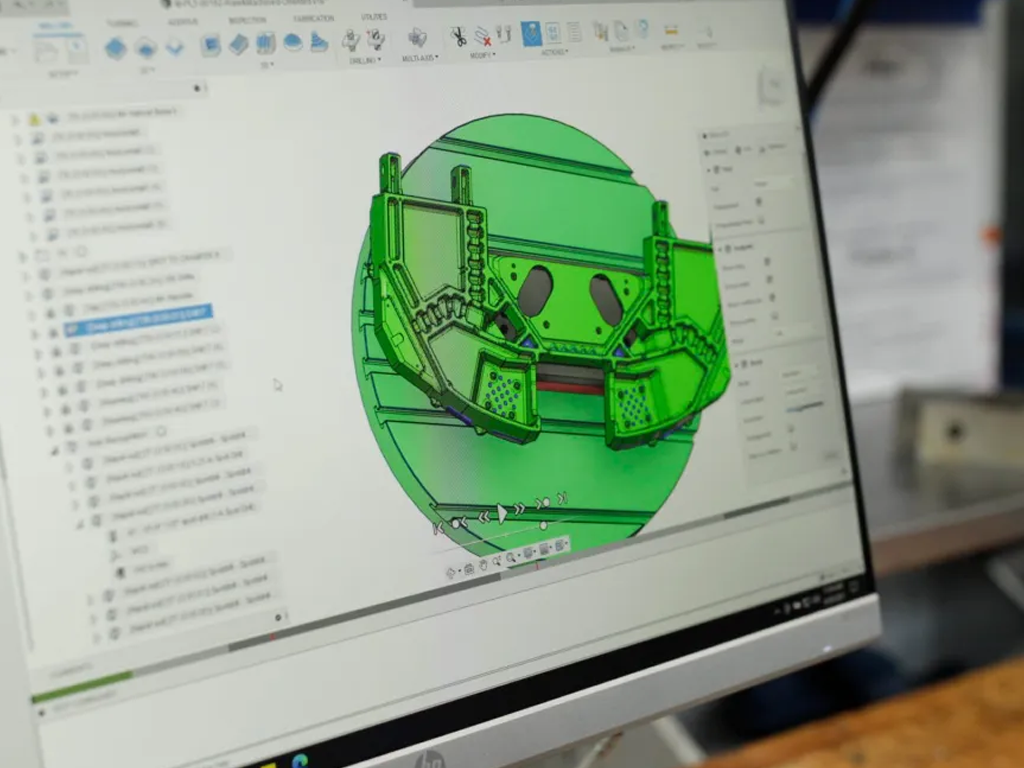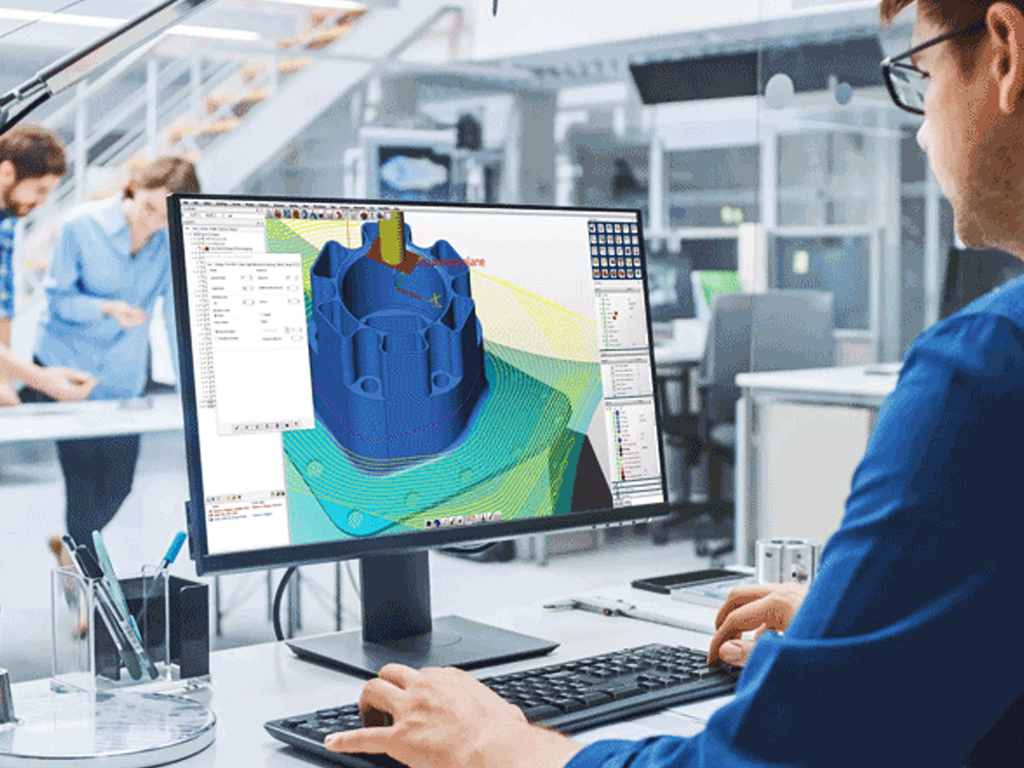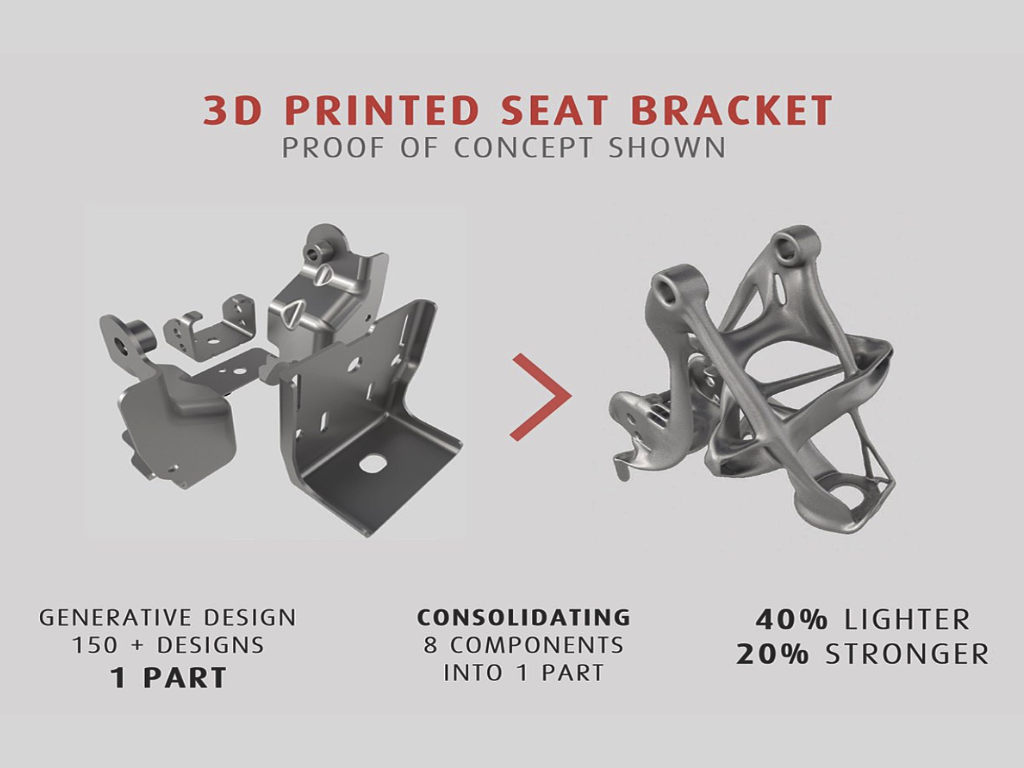5 CAD Trends and Innovations That You Should Know About
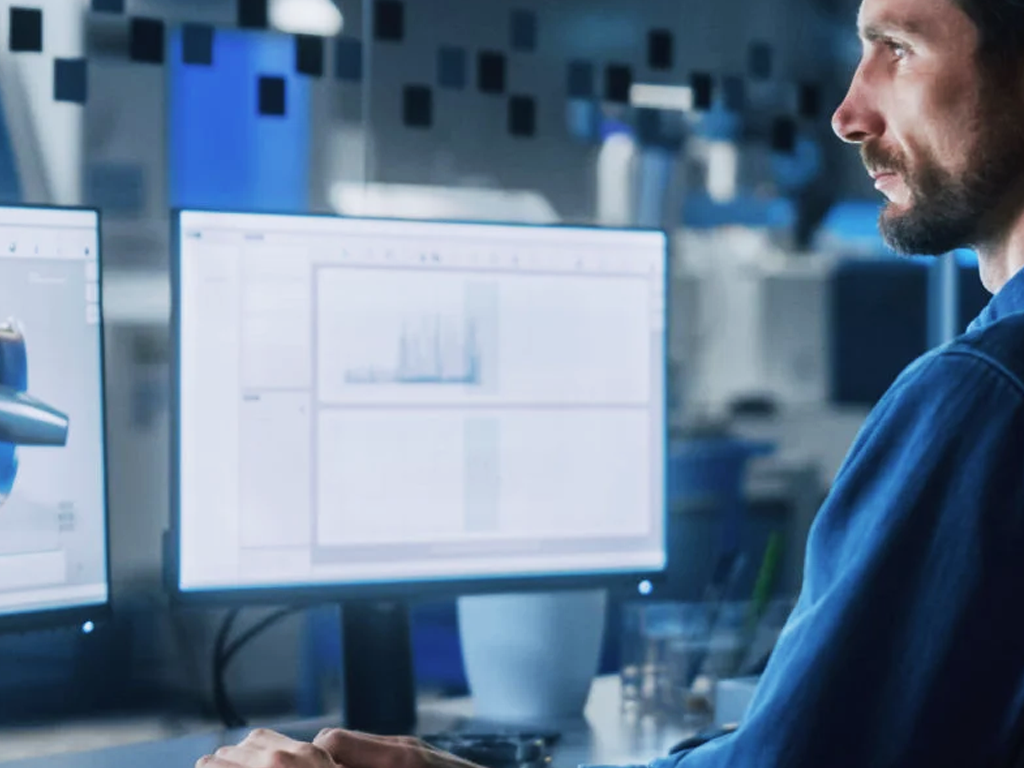
CAD (Computer-Aided Design) can be defined as the application of computer technologies when building designs used in different industries and disciplines. Businesses use CAD to create products that require adequate documentation and accuracy.
This technology has evolved over the years. It is currently one of the best design methods. As technology keeps on evolving, CAD has also evolved and become even better. Almost every business has integrated it into its design processes.
For instance, if you want to produce detailed 2D and 3D designs, then Computer-Aided Design is what you need to look for. When doing that, check these trends and innovations to ensure that you are not left behind;
-
Internet of Things (IoT)
The Internet of Things (IoT) can be defined as the network connecting different objects brought together through sensors and software applications. It connects these devices together and allows them to communicate through the internet.
The Internet of Things (IoT) can be defined as the network connecting different objects brought together through sensors and software applications. It connects these devices together and allows them to communicate through the internet.
IoT allows products to communicate throughout the design process in CAD. For instance, engineers can have all their systems, facilities, and manufacturing units interconnected together to share information easily. IoT has also penetrated CAD in other industries, meaning that this is an innovation to keep an eye on.
-
Augmented Reality in CAD
A few years ago, very few developers would have believed that a time would come when they will be using AR in CAD design. Today, most of them are using AR in CAD design to illustrate a design that they already have in a CAD application. This helps them show how that particular design will look in the real world.
This is done using the software and visual target interfaces. For instance, let us assume that you are developing a part of the interior of a jet. Using CAD data together with augmented reality, you will be able to sit inside the jet and see how your design is coming up.
This gives engineers an enhanced experience since they can see their products from different angles and ensure their specifications are accurate. Augmented reality is playing a key role in helping developers, designers, and engineers bring their designs to life and see how they will fit a real-world environment.
-
SaaS and Cloud Computing
According to Statista, revenue in the SaaS segment will go beyond US$250 billion in 2023. In addition, almost half of all enterprise applications will use SaaS applications. This shows how heavily organizations are investing in SaaS and cloud computing.
As they continue doing so, they expect software vendors to do the same. This brings us to computer-aided design. The deployment and licensing of CAD applications are expected to change due to cloud computing.
We will also see changes in how CAD applications allow users to collaborate. Through the power brought by SaaS and cloud computing, we will see multiple designers working on the same project, no matter where they work from. This means that organizations will also be able to bring in third parties, such as partners and vendors.
-
Emerging Technologies
Have you heard about emerging technologies enabling innovation in the design and development process? Well, Additive Manufacturing (AM) and Generative Design are some of the latest technologies increasing safety in manufacturing and changing product development.
These technologies have made it possible for organizations to achieve different sets of designs without much effort. Almost every other company that does not want to be left behind has started experimenting with these technologies. Others have already implemented them.
But why should you know about these technologies when it comes to CAD? Well, when integrated into CAD, engineers find it easy to incorporate designs that have already been developed into their designs.
This means that an engineer can work on one element while the other is working on another. They can then integrate their designs when completed. Check out the agile process of software development to understand this concept.
-
Mobile Devices and CAD
There is no way you are going to talk about technology and emerging trends and fail to mention mobile access. Today, almost everyone is using a mobile device. We cannot run our daily lives without them. This is something to think about when using CAD.
Accessing CAD on mobile devices is one of the biggest innovations this decade. A survey conducted a few years ago found that about a third of CAD developers were exploring ways through which they can make it possible for customers to access CAD on mobile devices.
Even though we have seen much progress in this, it is not yet where it is supposed to be. With adequate CAD mobile access, developers can use CAD apps, tools, and data wherever they are. This will increase productivity, something that every business wants. Increased productivity means faster time to market and increased revenue for businesses.
We are going to see different trends and innovations changing computer-aided design. These trends will be dictated by the continued advancements in technology. We might also see new industry players coming up with innovative ideas and technologies that will force CAD to change or adapt to different requirements.
However, if you are working in or want to work with CAD, you need to know about the trends and innovations discussed in this article.
